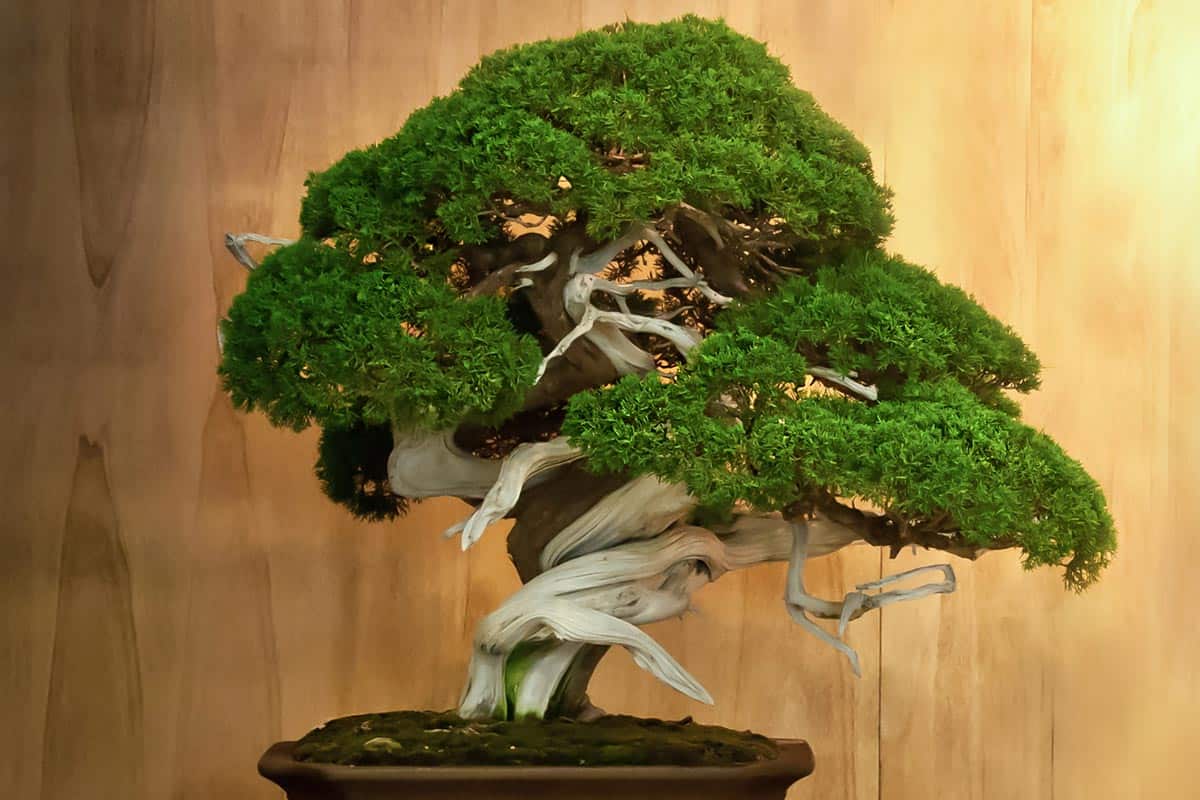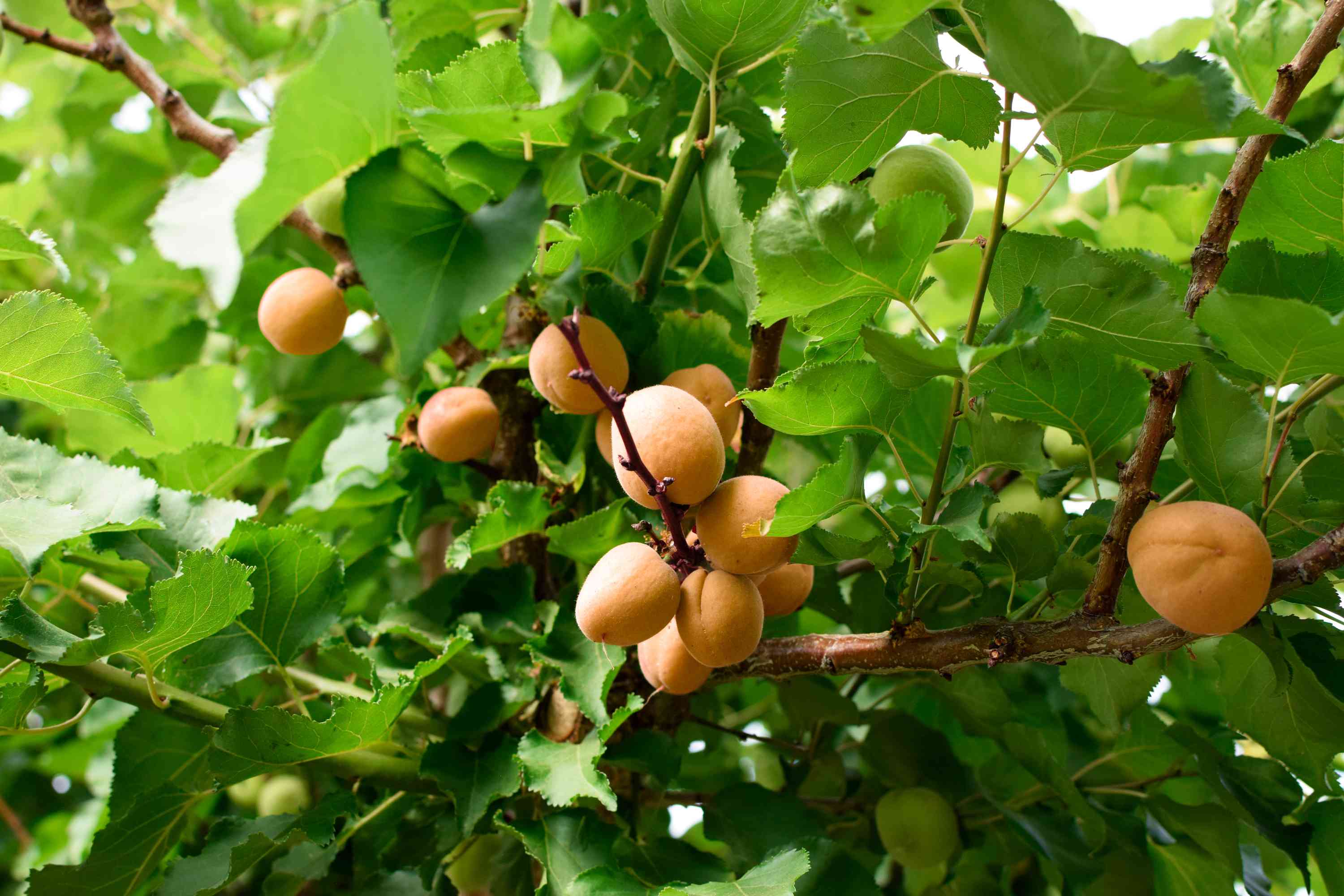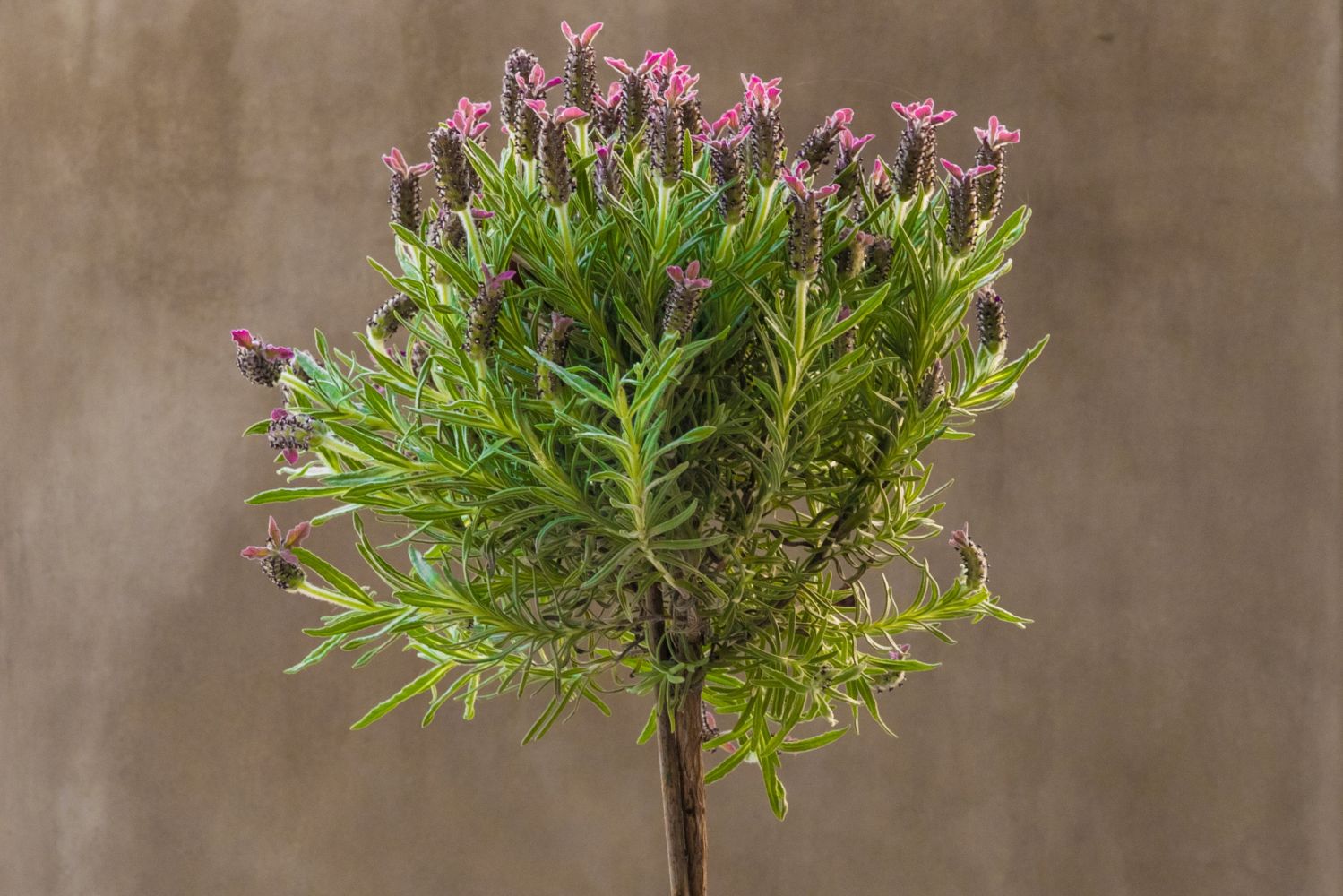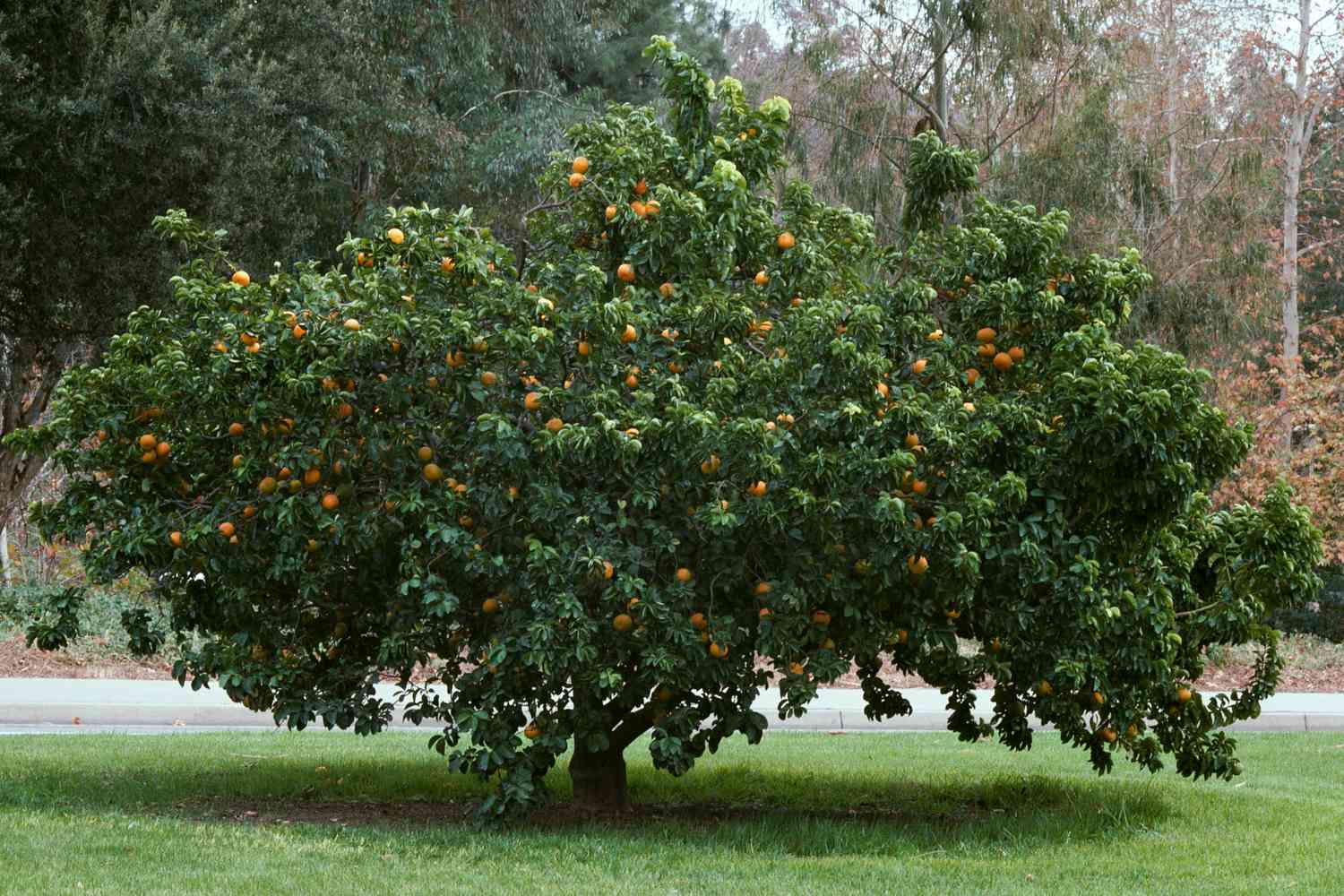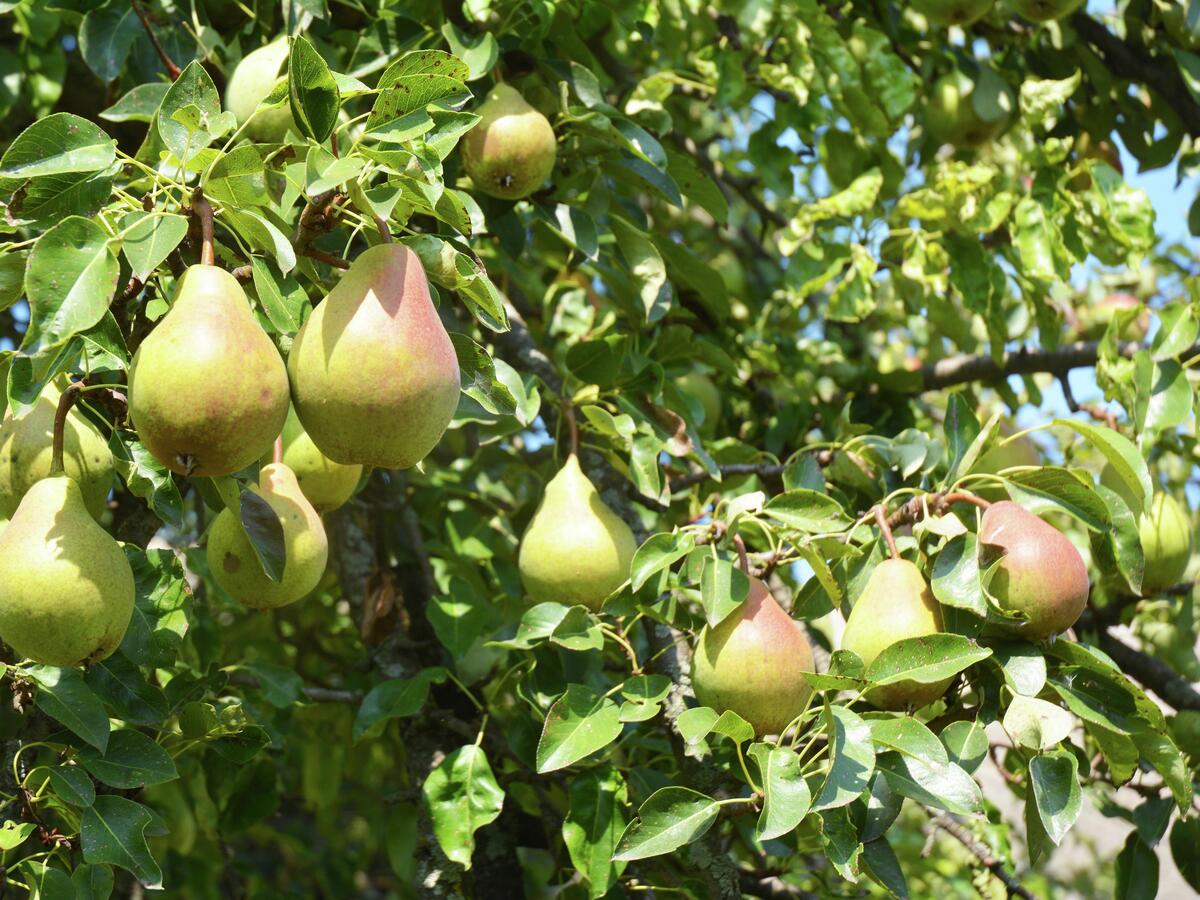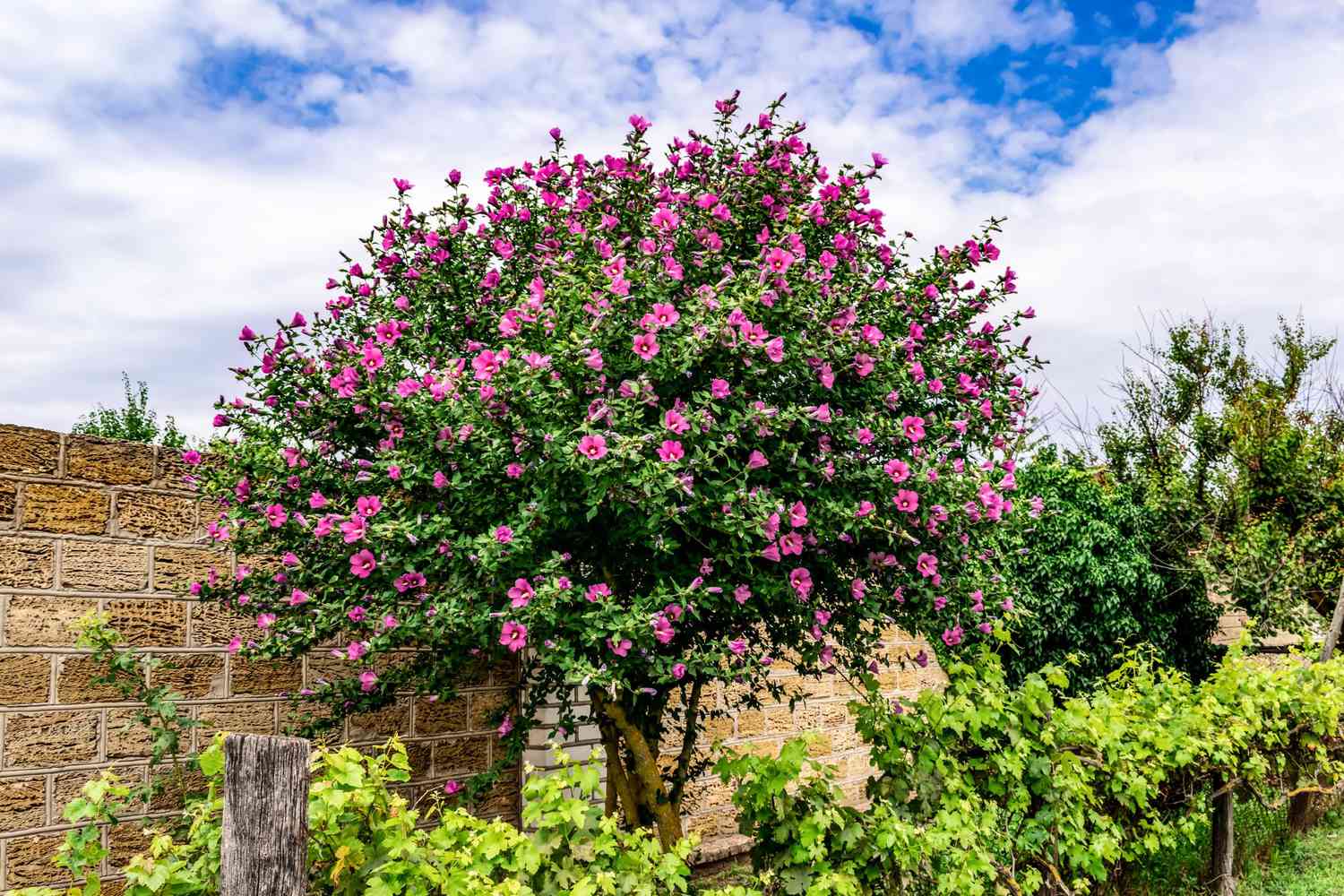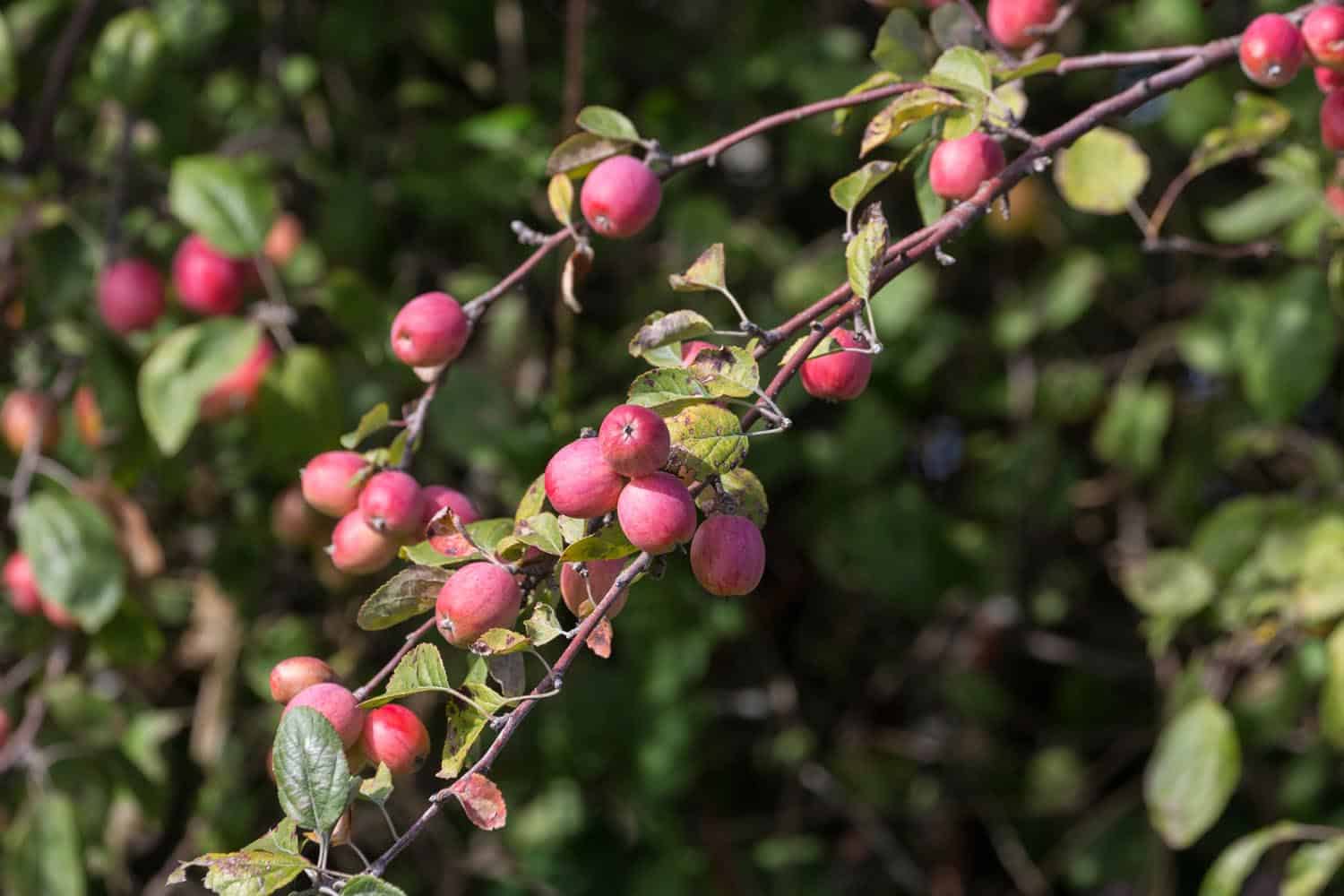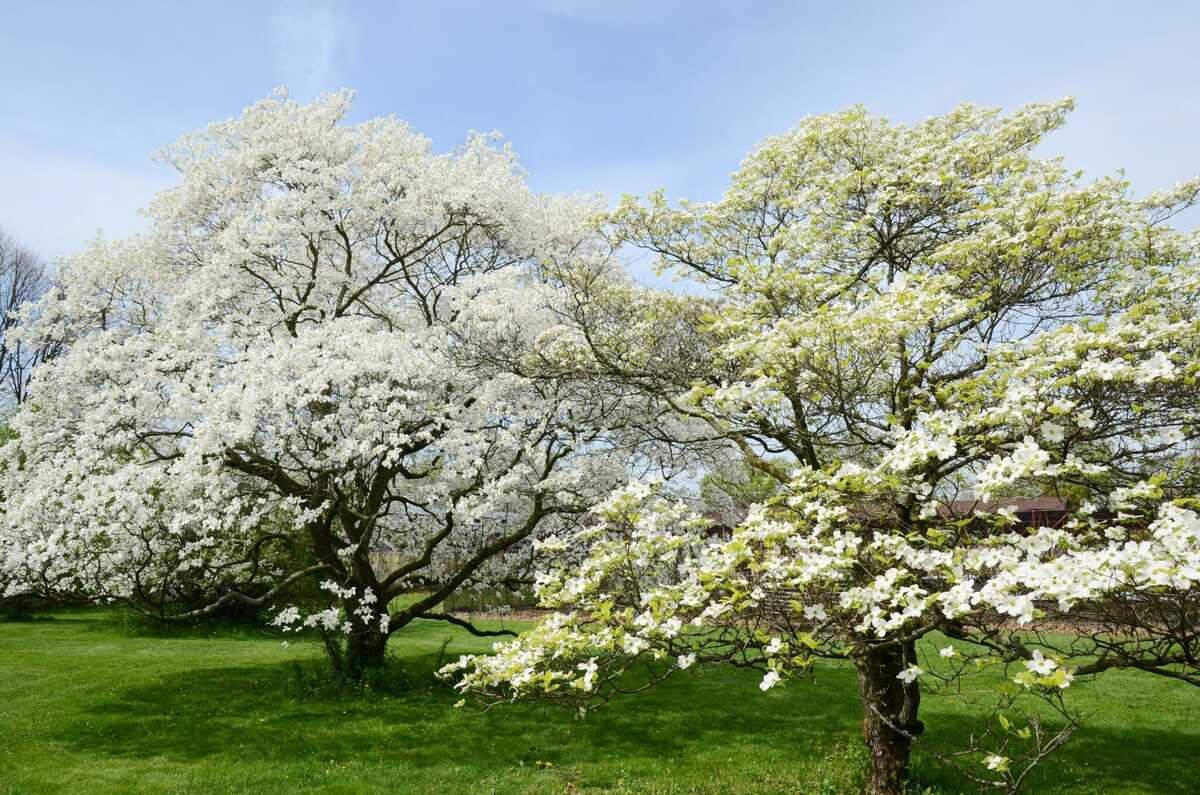Home>Gardening News and Trends>Latest News>How Big Do Teddy Bear Sunflowers Get
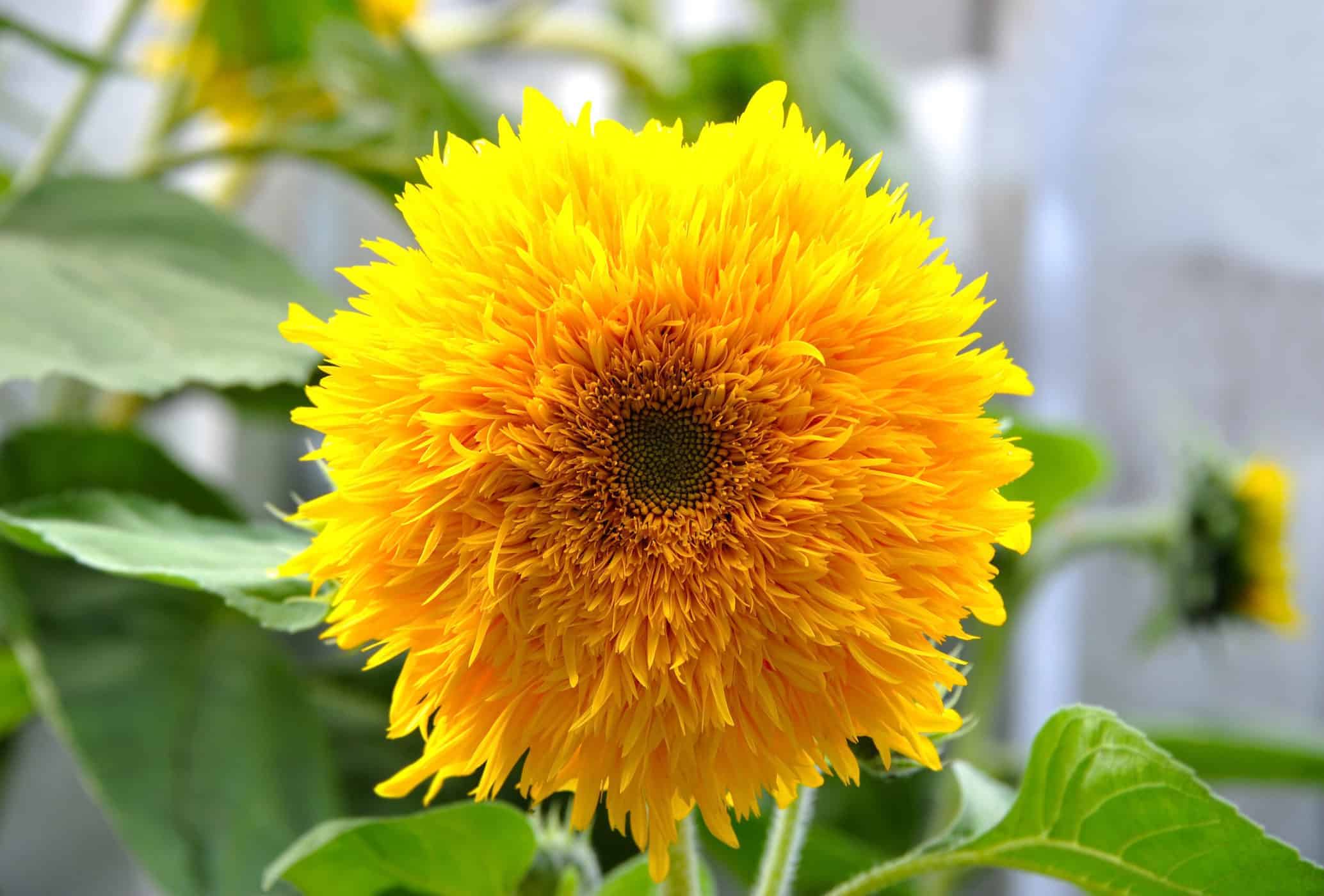

Latest News
How Big Do Teddy Bear Sunflowers Get
Modified: January 22, 2024
Find out the latest news on how big Teddy Bear sunflowers can grow and get expert tips for growing these stunning flowers in your garden.
(Many of the links in this article redirect to a specific reviewed product. Your purchase of these products through affiliate links helps to generate commission for Chicagolandgardening.com, at no extra cost. Learn more)
Table of Contents
- Introduction
- Growth and Characteristics of Teddy Bear Sunflowers
- Ideal Growing Conditions for Teddy Bear Sunflowers
- Care and Maintenance of Teddy Bear Sunflowers
- Harvesting and Utilizing Teddy Bear Sunflowers
- Common Issues and Pests Affecting Teddy Bear Sunflowers
- Frequently Asked Questions about Teddy Bear Sunflowers
- Conclusion
Introduction
Teddy Bear Sunflowers are a delightful and charming addition to any garden, known for their fluffy and vibrant yellow blooms resembling teddy bear heads. They can bring a touch of whimsy and cheer to your landscape with their unique appearance and compact size. Whether you are an avid gardener or a beginner, growing Teddy Bear Sunflowers can be a fun and rewarding experience.
These sunflowers, also known as Helianthus annuus ‘Teddy Bear’, have gained popularity in recent years for their compact and bushy growth habit, making them ideal for small gardens, container gardening, or even as cut flowers. They typically reach heights of 2 to 3 feet, making them perfect for adding color and texture to borders, patio planters, or even window boxes.
What sets Teddy Bear Sunflowers apart from their taller relatives is their unique flower form. The large, golden yellow blooms resemble fluffy pom-poms or cheerful teddy bear faces, instantly bringing joy to any space they occupy. The compact size of the blooms, along with the abundant number of flowers per plant, make them an eye-catching focal point in any garden.
Besides their charming appearance, Teddy Bear Sunflowers are also beloved for their ease of growth and low maintenance requirements. They are annual plants, meaning they complete their life cycle in one growing season, making it simple to include them in your garden plans.
In this comprehensive guide, we will explore the growth characteristics of Teddy Bear Sunflowers, the ideal growing conditions for these plants, tips for care and maintenance, harvesting and utilizing the flowers, common issues and pests to watch out for, and answers to frequently asked questions about Teddy Bear Sunflowers.
So, whether you are a seasoned gardener looking to add a touch of whimsy to your garden or a beginner wanting to embark on a gardening journey, read on to discover everything you need to know about growing and enjoying Teddy Bear Sunflowers.
Growth and Characteristics of Teddy Bear Sunflowers
Teddy Bear Sunflowers are known for their unique growth habits and distinctive characteristics. These delightful plants have gained popularity for their fluffy, golden yellow blooms that resemble teddy bear heads. Let’s explore the growth and characteristics of Teddy Bear Sunflowers in more detail.
One of the standout features of Teddy Bear Sunflowers is their compact size. Unlike their taller sunflower cousins, Teddy Bear Sunflowers typically grow to a height of 2 to 3 feet. This makes them a perfect choice for small gardens, containers, or even window boxes where space is limited. The bushy growth habit of these sunflowers adds to their charm, contributing to their teddy bear-like appearance.
The flowers of Teddy Bear Sunflowers are a true visual delight. Their large blooms are constructed of multiple layers of petals, giving them a fluffy and textured appearance. The flowers, which can reach a diameter of 4 to 6 inches, are a vibrant and cheerful shade of yellow, bringing a burst of color to any garden or floral arrangement. Their pom-pom-like form is what earned them the nickname “Teddy Bear” in the first place.
Another noteworthy characteristic of Teddy Bear Sunflowers is their abundant flowering. These plants produce multiple blooms per stem, resulting in a profusion of golden yellow color. The densely-packed flowers create a visual impact and make Teddy Bear Sunflowers a focal point in any garden or landscape.
In terms of their growing time, Teddy Bear Sunflowers are quick to mature. From the time of planting the seeds, it takes approximately 70 to 80 days for these sunflowers to reach full bloom. This relatively short growing period makes them an attractive option for gardeners who are looking for fast results.
It’s important to note that Teddy Bear Sunflowers are annual plants, meaning that they complete their life cycle within one growing season. This means that they won’t come back year after year, unless you save and replant the seeds. However, their short growing period makes them versatile and allows for experimentation and changing up your garden each year.
Overall, the growth and characteristics of Teddy Bear Sunflowers make them a charming and desirable addition to any garden. Their compact size, bushy growth habit, abundant flowering, and unique teddy bear-like blooms set them apart from other sunflower varieties and make them a joy to grow and admire.
Ideal Growing Conditions for Teddy Bear Sunflowers
For optimal growth and development, Teddy Bear Sunflowers require specific growing conditions. By providing these ideal conditions, you can ensure that your sunflowers thrive and produce an abundance of delightful blooms. Let’s explore the key factors to consider when growing Teddy Bear Sunflowers.
Sunlight: Like most sunflowers, Teddy Bear Sunflowers require full sun to flourish. They should receive at least 6 to 8 hours of direct sunlight daily. Choose a location in your garden that receives ample sunlight throughout the day, preferably with minimal shade from surrounding structures or trees.
Soil: Teddy Bear Sunflowers grow best in well-draining soil that is rich in organic matter. Prior to planting, incorporate compost or well-rotted manure into the soil to improve its fertility and drainage. The optimal soil pH for sunflowers is between 6.0 and 7.5.
Watering: While Teddy Bear Sunflowers are relatively drought-tolerant, consistent watering is important, especially during dry periods. Water deeply and thoroughly, ensuring that the soil is evenly moist but not waterlogged. Aim to provide around 1 inch of water per week, adjusting based on weather conditions and the moisture needs of your plants.
Temperature: Teddy Bear Sunflowers thrive in warm weather conditions. They prefer temperatures between 70°F and 85°F (21°C to 29°C) during the day. Avoid planting them when there is still a risk of frost, as frost can damage or kill the young plants.
Spacing: Provide enough spacing between Teddy Bear Sunflowers to allow for proper airflow and prevent overcrowding. Space the plants approximately 12 to 24 inches apart, depending on the specific variety and its growth habit. Good airflow reduces the risk of diseases and promotes healthy growth.
Fertilizer: While Teddy Bear Sunflowers do not require heavy fertilization, a balanced, all-purpose fertilizer can be applied before planting to provide essential nutrients. Alternatively, you can top-dress the soil with compost or a slow-release organic fertilizer once the plants have established themselves.
Support: Although Teddy Bear Sunflowers have a compact growth habit, some taller varieties may still benefit from support. Consider providing stakes or trellises for additional support, especially if you are growing them in windy areas or if heavy rain is expected.
By meeting these ideal growing conditions, you are giving your Teddy Bear Sunflowers the best chances of thriving and producing abundant and beautiful blooms. Keep in mind that every garden is unique, so it’s important to observe your specific growing conditions and make adjustments as needed to ensure the health and vitality of your sunflowers.
Care and Maintenance of Teddy Bear Sunflowers
To keep your Teddy Bear Sunflowers healthy and ensure they reach their full potential, it’s important to provide proper care and maintenance. By following some simple guidelines, you can promote vigorous growth, prevent issues, and enjoy a bountiful display of fluffy yellow blooms. Let’s explore the key aspects of caring for your Teddy Bear Sunflowers.
Watering: While Teddy Bear Sunflowers are relatively drought-tolerant, consistent and adequate watering is crucial, especially during periods of dry weather. Water deeply, allowing the water to reach the roots, and ensure the soil is evenly moist. Avoid overwatering, as excessively wet soil can lead to root rot and other issues.
Weeding: Regular weeding around your Teddy Bear Sunflowers is essential to prevent competition for nutrients, water, and sunlight. Remove any weeds that may be growing near the base of the plants, taking care not to disturb the sunflower roots.
Mulching: Apply a layer of organic mulch around the base of your Teddy Bear Sunflowers to help conserve moisture, suppress weed growth, and regulate soil temperature. This can be done after the plants have reached a height of a few inches. Mulching also adds organic matter to the soil as it breaks down, enriching its fertility over time.
Deadheading: To encourage continuous blooming and prolong the flowering period, it’s beneficial to deadhead your Teddy Bear Sunflowers. As the blooms fade and petals begin to wilt, remove them by cutting the spent flower heads just above a set of leaves or a lateral bud. This redirects the plant’s energy towards producing new blooms, rather than setting seeds.
Support: While Teddy Bear Sunflowers have a compact growth habit, taller varieties may benefit from additional support, especially if grown in areas with strong winds or heavy rainfall. Consider providing stakes or trellises to prevent the plants from toppling over or getting damaged.
Fertilizer: Teddy Bear Sunflowers do not typically require heavy fertilization. However, if the soil lacks nutrients, a balanced, all-purpose fertilizer can be applied sparingly during the early stages of growth. It’s best to avoid excessive nitrogen fertilizer, as it can promote excessive leaf growth at the expense of flower production.
Monitoring for Pests and Diseases: Regularly inspect your Teddy Bear Sunflowers for any signs of pests or diseases. Common pests that may affect sunflowers include aphids, caterpillars, slugs, and snails. If detected, take appropriate measures to control and manage the pest population. Monitor for common sunflower diseases such as powdery mildew and downy mildew, and treat as necessary to prevent them from spreading.
Cutting and Harvesting: When your Teddy Bear Sunflowers are in full bloom and the petals are vibrant, you can start cutting them for floral arrangements. Use sharp, clean pruners or scissors to cut the stems just below the flower heads. Harvesting in the early morning or late evening when the plants are hydrated can help retain the freshness and longevity of the blooms.
By following these care and maintenance practices, you can ensure that your Teddy Bear Sunflowers remain healthy, vibrant, and full of fluffy blooms. Regular attention and care will promote their overall growth and longevity, allowing you to enjoy the beauty of these charming flowers throughout the season.
Harvesting and Utilizing Teddy Bear Sunflowers
Harvesting and utilizing the beautiful blooms of Teddy Bear Sunflowers is a rewarding experience that allows you to enjoy their vibrant colors and unique textures. Whether you choose to create stunning floral arrangements or use them for crafting and decorative purposes, here are some guidelines on harvesting and utilizing your Teddy Bear Sunflowers.
Harvesting: Teddy Bear Sunflowers can be harvested once the flower heads have fully developed and the petals are vibrant and fluffy. Carefully observe the flowers and look for signs of maturity, such as the disc florets in the center turning from green to brown. This is an indication that the seeds inside are fully developed. Use clean, sharp pruners or scissors to cut the stem just below the flower head.
Timing: The ideal time to harvest Teddy Bear Sunflowers for floral arrangements is early in the morning or late in the evening when the plants are well-hydrated. This helps to preserve the freshness and prolong the vase life of the blooms.
Preservation: If you want to preserve the beauty of the Teddy Bear Sunflower blooms for a longer period, you can opt to dry them. Hang the harvested sunflower heads upside down in a warm, dry location with good airflow. As they dry, the petals will shrink and the color may fade, but they will still retain their unique appearance. Dried Teddy Bear Sunflowers can be used in various crafts, wreaths, or even displayed as dried flower arrangements.
Floral Arrangements: Freshly cut Teddy Bear Sunflowers are perfect for creating eye-catching floral arrangements. Combine them with other flowers and foliage in complementary colors and textures to create stunning bouquets. These cheerful blooms make excellent focal points in arrangements or can be used to add a pop of color and texture to mixed floral designs.
Crafting and Decorative Uses: Teddy Bear Sunflowers are not just for traditional floral arrangements—they can also be utilized in various craft projects and decorative displays. Create a centerpiece by arranging the blooms in a decorative vase or use them as a focal point in wreaths and garlands. You can also press the sunflower petals to create unique artwork, greeting cards, or bookmarks.
Seed Saving: If you wish to grow Teddy Bear Sunflowers in future seasons, you can save the seeds from your harvested flower heads. Allow the flower heads to fully dry on the plant. Once dry, gently rub or shake the flower heads to release the seeds. Store the seeds in a cool, dry place in a sealed container for future sowing.
Whether you choose to enjoy the fresh blooms in floral arrangements or get creative with crafting and decorative projects, harvesting and utilizing the charming Teddy Bear Sunflowers allows you to appreciate their beauty and bring a touch of nature into your home. Experiment with different techniques and explore the endless possibilities to showcase the fluffy and vibrant splendor of these delightful flowers.
Common Issues and Pests Affecting Teddy Bear Sunflowers
While Teddy Bear Sunflowers are generally low-maintenance and resilient plants, they can still be susceptible to certain issues and pests. Being aware of these common problems and taking proactive measures can help protect your sunflowers and ensure their health and vitality. Let’s explore some of the most common issues and pests that may affect Teddy Bear Sunflowers.
1. Powdery Mildew: One of the most common fungal diseases that affect sunflowers is powdery mildew. It appears as a white, powdery coating on the leaves and stems of the plants. To prevent powdery mildew, provide adequate spacing between plants to promote airflow, and avoid overhead watering. If powdery mildew does appear, remove and destroy affected plant parts and consider using a fungicide labeled for powdery mildew control.
2. Downy Mildew: Downy mildew is another fungal disease that can impact Teddy Bear Sunflowers. It causes yellowish spots on the upper surfaces of leaves and a fuzzy grayish mold on the undersides. Like powdery mildew, proper airflow and avoiding overhead watering can help prevent the disease. Remove and destroy infected plant material and apply a suitable fungicide if necessary.
3. Aphids: Aphids are small, soft-bodied insects that can cluster on the foliage and stems of the sunflowers, sucking sap from the plant. They can cause curling leaves, stunted growth, and a sticky residue called honeydew. Use insecticidal soaps, neem oil, or strong sprays of water to control small infestations. Ladybugs and lacewings are natural predators that help keep aphid populations in check.
4. Caterpillars: Certain caterpillars, such as the sunflower moth caterpillar and the painted lady butterfly caterpillar, may feed on the leaves and flowers of Teddy Bear Sunflowers. Handpicking caterpillars and relocating them to a different area or using organic insecticides labeled for caterpillar control can help manage the problem. Removing any caterpillar eggs or larvae you find can also prevent further infestation.
5. Slugs and Snails: Slugs and snails are common garden pests that can chew irregular holes in the leaves of Teddy Bear Sunflowers. To control these pests, use physical barriers like crushed eggshells or diatomaceous earth around the base of plants. Beer traps or handpicking at night when slugs and snails are most active can also be effective methods of control.
6. Birds: Birds, especially finches, can be attracted to the ripe seeds of Teddy Bear Sunflowers. While it can be enjoyable to watch birds visit your garden, it can lead to a decrease in seed production. Consider covering the flower heads with lightweight netting or harvesting the seeds before they fully mature to deter birds from feasting on them.
By remaining vigilant and addressing these common issues and pests promptly, you can protect the health and beauty of your Teddy Bear Sunflowers. Remember to take a proactive and environmentally-friendly approach to pest control, opting for natural methods when possible.
Frequently Asked Questions about Teddy Bear Sunflowers
Here are some frequently asked questions about Teddy Bear Sunflowers that can provide additional information and help you successfully grow and enjoy these delightful plants:
Q: How tall do Teddy Bear Sunflowers get?
A: Teddy Bear Sunflowers typically reach a height of 2 to 3 feet. Their compact and bushy growth habit makes them ideal for small gardens, containers, and even window boxes.
Q: How long does it take for Teddy Bear Sunflowers to bloom?
A: From the time of planting, it takes approximately 70 to 80 days for Teddy Bear Sunflowers to reach full bloom. Their relatively short growing time makes them a popular choice for gardeners looking for quick results.
Q: Can Teddy Bear Sunflowers be grown in containers?
A: Yes, Teddy Bear Sunflowers are well-suited for container gardening. Choose a large container with good drainage and provide support if growing taller varieties. Place the container in a sunny location and ensure it receives adequate water and nutrients.
Q: Do I need to deadhead Teddy Bear Sunflowers?
A: Deadheading Teddy Bear Sunflowers can help promote continuous blooming and extend the flowering period. Remove faded or wilted flowers by cutting the stem just above a set of leaves or a lateral bud.
Q: Can I save the seeds from Teddy Bear Sunflowers?
A: Yes, you can save the seeds from Teddy Bear Sunflowers. Allow the flower heads to fully mature and dry on the plants. Once dry, gently rub or shake the flower heads to release the seeds. Store the seeds in a cool, dry place in a sealed container for future sowing.
Q: How do I preserve Teddy Bear Sunflowers?
A: To preserve the beauty of Teddy Bear Sunflower blooms, you can dry them. Harvest the flowers once they are fully developed and hang them upside down in a warm, dry location with good airflow. Dried Teddy Bear Sunflowers can be used in various crafts, wreaths, or displayed as dried flower arrangements.
Q: Are Teddy Bear Sunflowers deer-resistant?
A: While no plant is completely deer-proof, Teddy Bear Sunflowers are generally considered less appealing to deer. However, if deer pressure is high in your area, it’s recommended to take additional measures to protect your sunflowers, such as using deer repellents or installing physical barriers.
These frequently asked questions provide valuable insights into growing and caring for Teddy Bear Sunflowers. If you have any additional inquiries or concerns, don’t hesitate to reach out to local gardening experts or reputable sources for further guidance.
Conclusion
Teddy Bear Sunflowers are a delightful addition to any garden, bringing joy, color, and whimsy with their fluffy, golden yellow blooms. With their compact size, unique appearance, and low-maintenance nature, these sunflowers are popular among both experienced gardeners and beginners.
In this comprehensive guide, we have explored the growth characteristics, ideal growing conditions, care and maintenance, harvesting techniques, common issues and pests, and frequently asked questions about Teddy Bear Sunflowers. By following the guidelines provided, you can create optimal conditions for your sunflowers to thrive and enjoy an abundance of beautiful blooms.
Remember to provide plenty of sunlight, well-draining soil, and consistent watering to keep your Teddy Bear Sunflowers healthy. Deadheading the flowers, providing support when needed, and monitoring for pests and diseases will help ensure their long-term vitality. Harvesting the blooms at the right time and utilizing them in floral arrangements or as dried flowers allows you to appreciate their beauty in different ways.
While Teddy Bear Sunflowers are generally hardy, they may face challenges such as powdery mildew, aphids, or caterpillars. By promptly addressing these issues and taking preventive measures, you can safeguard the health of your plants and preserve their beauty.
Overall, growing Teddy Bear Sunflowers can be a rewarding experience. Their unique appearance and vibrant blooms are sure to bring smiles and a touch of whimsy to your garden. By incorporating these charming flowers into your landscape, you can create a cheerful and inviting atmosphere that will be enjoyed by all who encounter them.
So, whether you have a small garden, a container on your balcony, or even just a sunny windowsill, consider adding Teddy Bear Sunflowers to your gardening plans. Embrace the joy and beauty these plants bring, and enjoy the process of nurturing them from seed to stunning bloom.
Happy gardening and may your Teddy Bear Sunflowers bring you endless delight!
